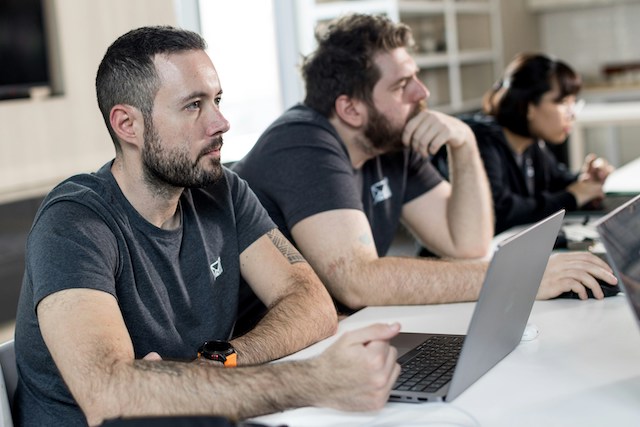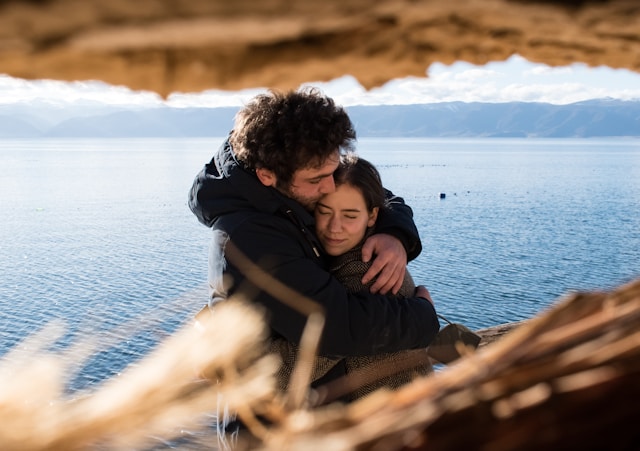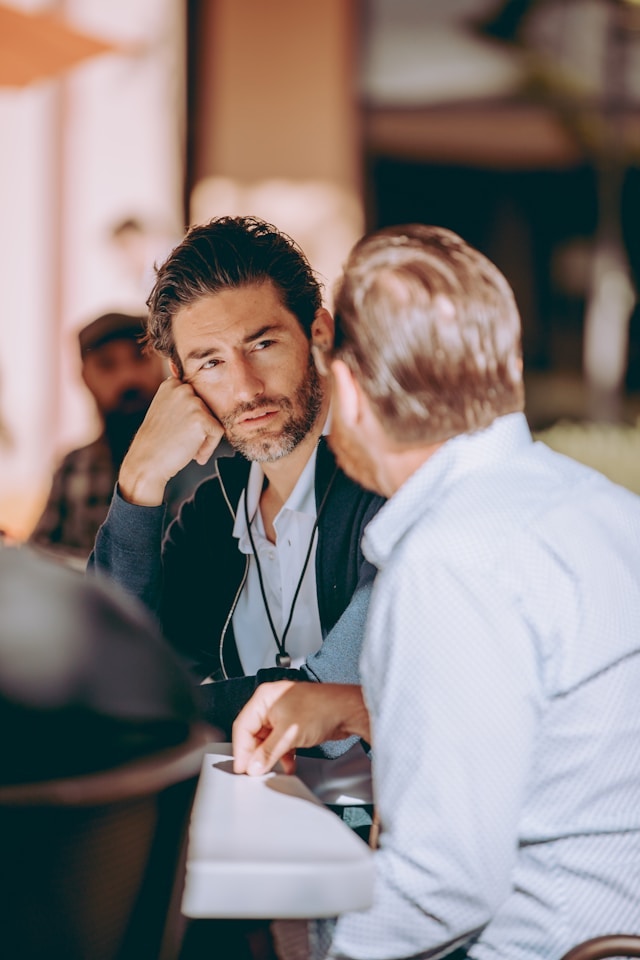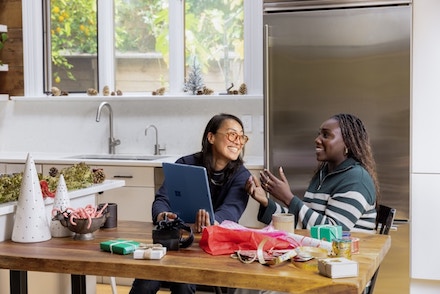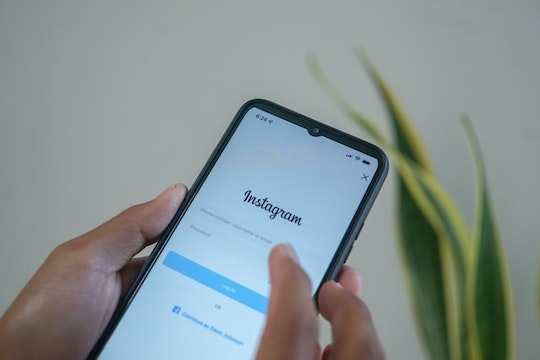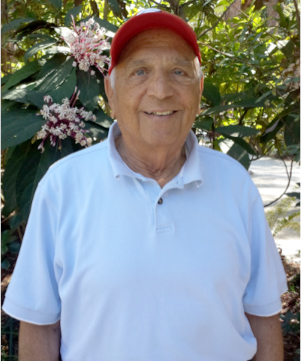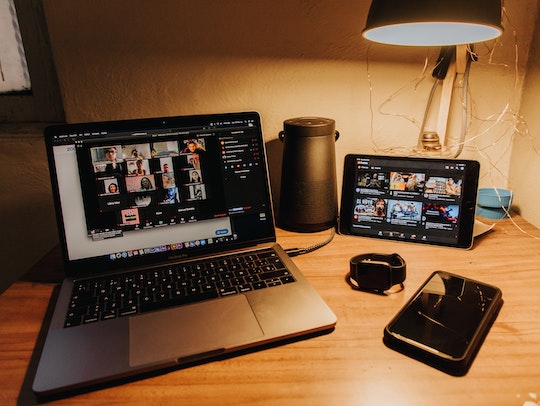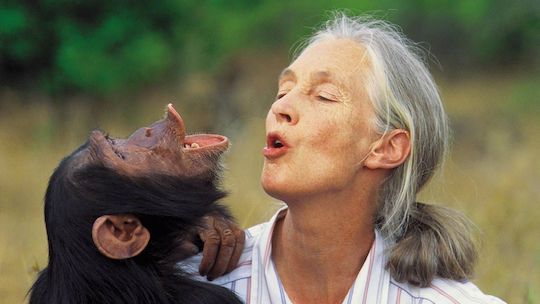“Since you cannot do good to all, you are to pay special attention to those who, by the accidents of time, or place, or circumstances, are brought into closer connection with you.”
—Saint Augustine of Hippo, Ancient Roman theologian and philosopher
Saint Augustine’s wisdom reminds us of the limits of our reach and our presence.
We often wish to help everyone, but our capacity is finite.
Instead of feeling overwhelmed, we are encouraged to focus on those who cross our paths — neighbors, colleagues, friends, even strangers. Every encounter is an opportunity for kindness.
By being present and attentive to those around us, we create ripples of goodness that often extend far beyond our immediate circle.
EXERCISE:
In what ways does today’s quote challenge you to rethink your approach to doing good?
How can focusing on the people around you enhance your sense of community and purpose?

